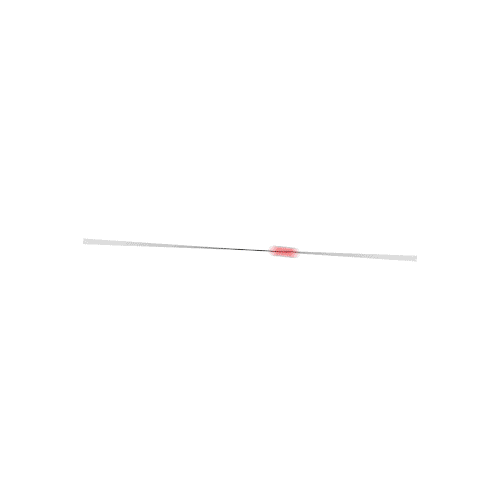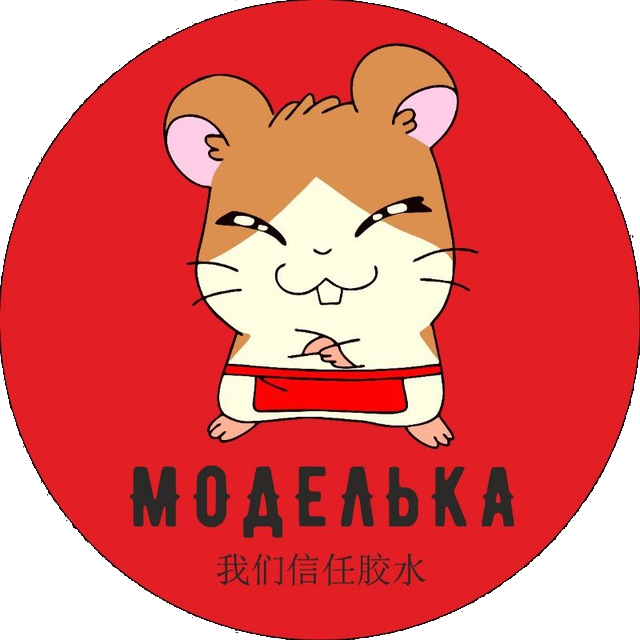The LCM (3) (full English name: Landing Craft Mechanized 3) is an American landing craft from World War II and the post-war period. Barges of this type were built on a massive scale in 1942-1945. It is estimated that over 8,500 barges of this type were built at that time. The total length of the LCM (3) was 15.2 meters and a width of 4.3 meters. The empty barge weighed approximately 23 tons, and the maximum speed of the loaded barge did not exceed 8 knots. Most often, the deck armament consisted of two 7.62 mm Browning machine guns. The LCM (3) was designed by the American entrepreneur and constructor Andrew Higgins based on another landing barge of his design - LCVP. Unlike its predecessor, the new barge was longer and wider, but in general was clearly modeled on it. The main task of the LCM (3) was to transport a single forehead (eg M4 Sherman) weighing up to approx. 29-30 tons to the shore. The barge could also carry 60 soldiers in full equipment or 27 tons of supplies. Units of this type were used on a large scale during amphibious operations in Europe and the Far East.The LCM 3 is an Allied landing barge from the Second World War. Two versions were created: BUREAU and Higgins. The first one could carry 54 tons of cargo. The second, on the other hand, was capable of carrying an M4 tank or 60 soldiers or 27 tons of cargo.The M4 Sherman was an American medium tank from the Second World War. The first prototypes were built in 1941, and serial production was carried out in the period 1942-1945. In total, about 49,000 copies of this tank of all versions were created, which makes it one of the most produced tanks of the Second World War and the most important tank in the equipment of the Allied armies during this conflict. The M4 Sherman was powered by a single engine version of the M4A1 Continental R 975 C4 with a power of 400 hp . The vehicle was armed with - depending on the version - a single 75mm M3 cannon or a 76mm M1 cannon or a 105mm M4 howitzer and two 7.62mm Browning1919A machine guns. The M4 Sherman was developed as the successor to the M2 and M3 tanks, although it used many of the latter's components. First of all, it only used a slightly changed chassis of the M3 Lee car. When designing the M4 Sherman, the emphasis was primarily on playing the role of an infantry support vehicle, and not fighting enemy tanks - this was the role of American tank destroyers. Only possible clashes with the carts were assumed Pz.Kpfw III and Pz.Kpfw IV. A significant role was also played in the mass production of the new tank and the lowest possible production costs. The result was a tank with good armament for 1942 and early 1943, average armor, but with a tilted front plate, but also with poor maneuverability and - especially in the first versions - very susceptible to fire as a result of hitting the engine compartment . At the same time, however, a tank was created that could be truly large-scale production and had a significant modernization potential. Many development versions were created in the course of serial production M4 Sherman. Chronologically the first was the M4A1 version that already had a cast armor. Another - M4A2 - had welded armor and a new General Motors 6460 engine with 375-410hp, but much less prone to fire. A version of the M4A3 also appeared, armed with a 105 mm howitzer and powered by a Ford GAA engine with a capacity of 450 HP. Based on the M4A3 version, two sub-versions were created: the M4A3E2 Jumbo with reinforced armor and the M4A3E8 with the HVSS and 76mm gun. An interesting development version was also the T34 Calliope with mounted missiles not guided on the turret. The M4 Sherman was also supplied in huge numbers to the British and Red Army. The former developed a version of the Firefly based on it, with a great 17-pounder anti-tank gun. During World War II, M4 Sherman tanks fought in North Africa (1942-1943), Italy (1943-1945), during the battles in Normandy, France and West Germany (1944-1945), but also in the Pacific or in the ranks The Red Army on the Eastern Front. After World War II, the M4 Sherman was used in many countries, including Argentina, Belgium, India, Israel, Japan, Pakistan and Turkey. He also took part in many post-1945 conflicts, including the Indo-Pakistani War of 1965 and the Six-Day War of 1967.



